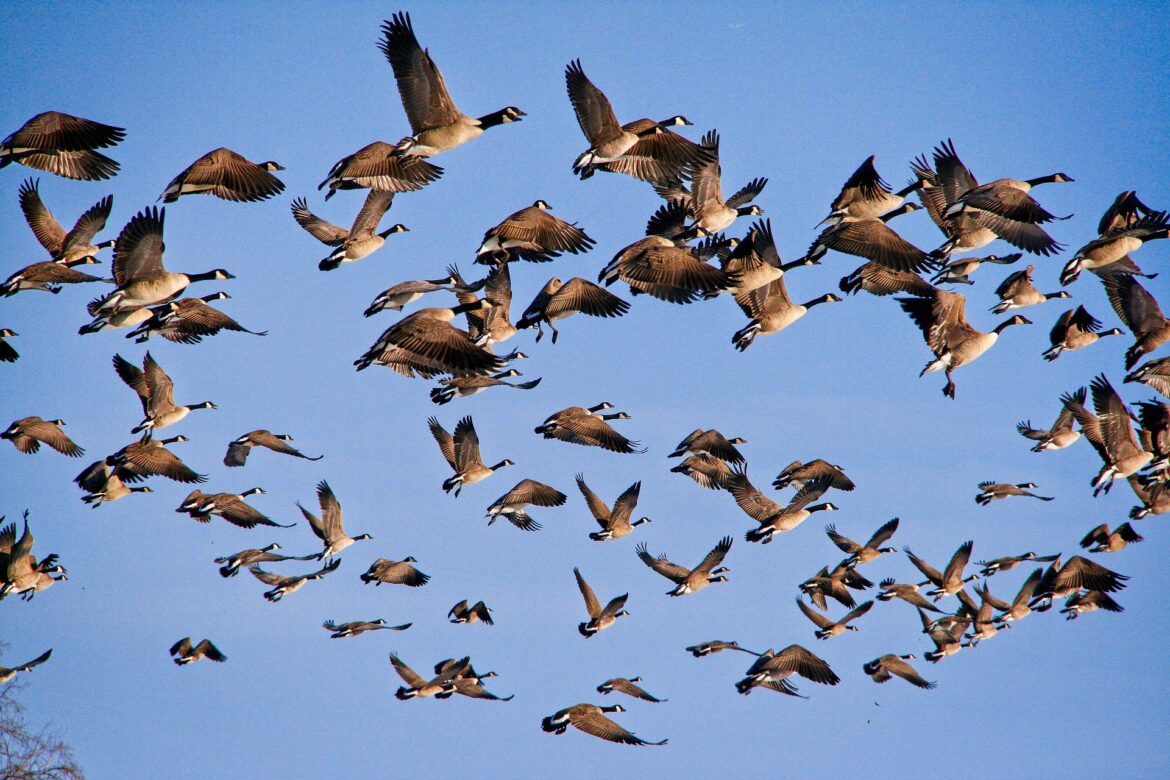A flock is a group of animals that stay together for social reasons. The term can be used to refer to birds, sheep, or other animals. Flocking behavior is seen in many different species, and it has been studied by scientists for years.
The most common type of flock is the bird flock. Bird flocks typically contain between two and 100 birds, but flocks of up to 1,000 have been seen. Flocking behavior in birds has been observed in over 160 different species. Scientists believe that flocking provides safety from predators and increased efficiency in finding food.
Birds use a variety of cues to determine when and where to fly. These cues include visual stimuli (such as the movement of other birds), auditory stimuli (such as calls), and tactile stimuli (such as bumps). Birds also take into account their own energy levels when deciding whether or not to join a flock.
Flocking behavior has also been observed in other animals, such as fish, ants, bees, and even crabs. Each species uses different cues to determine when and where to flock. For example, fish use water currents to help them stay together, while ants use chemical signals called pheromones.
Flocking is an important part of many animal societies, and it helps individuals survive and thrive in the wild.


